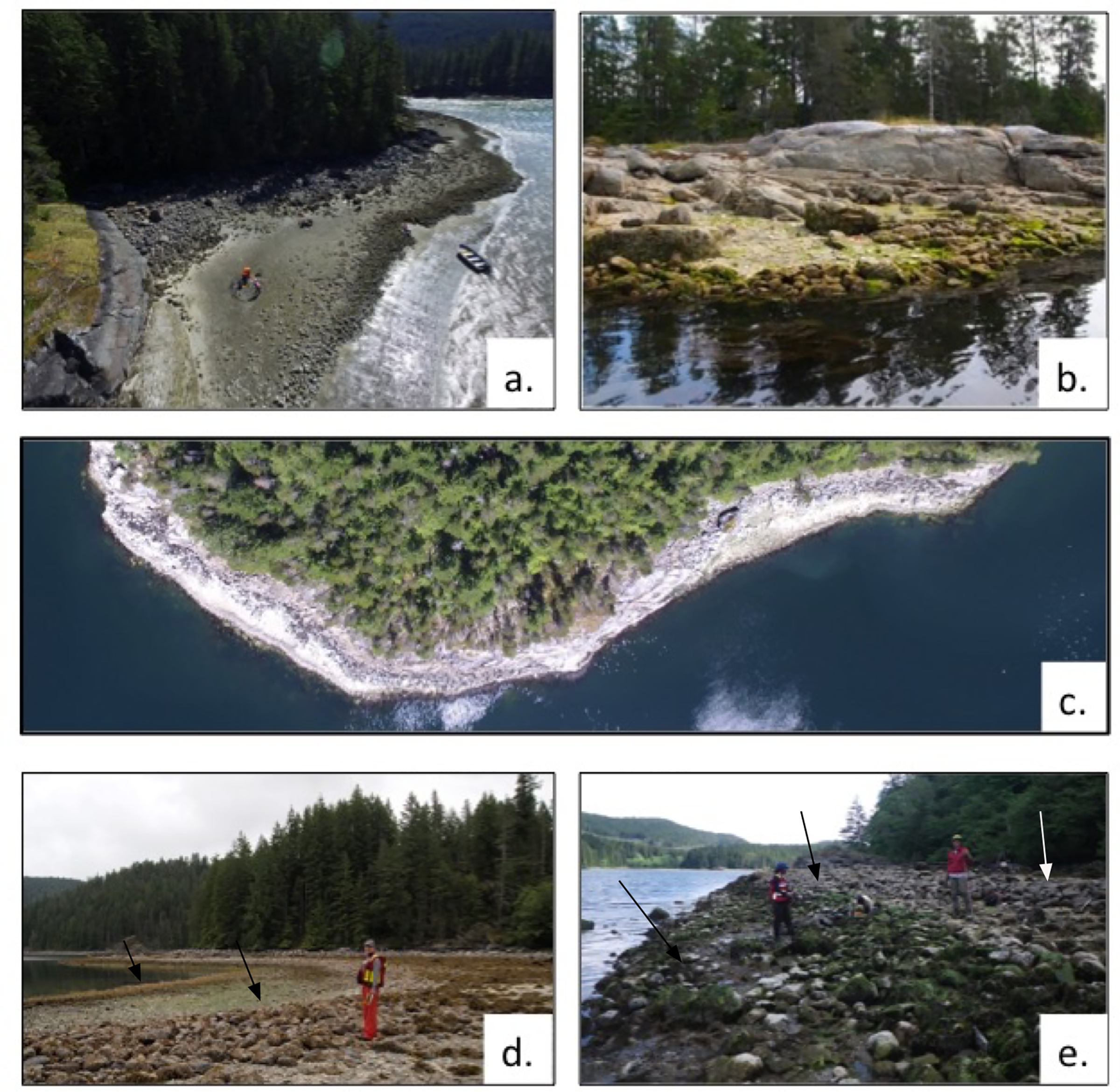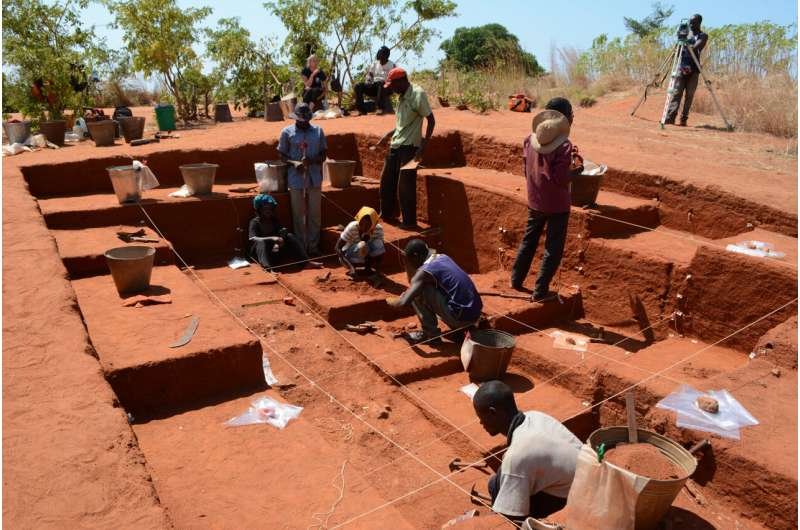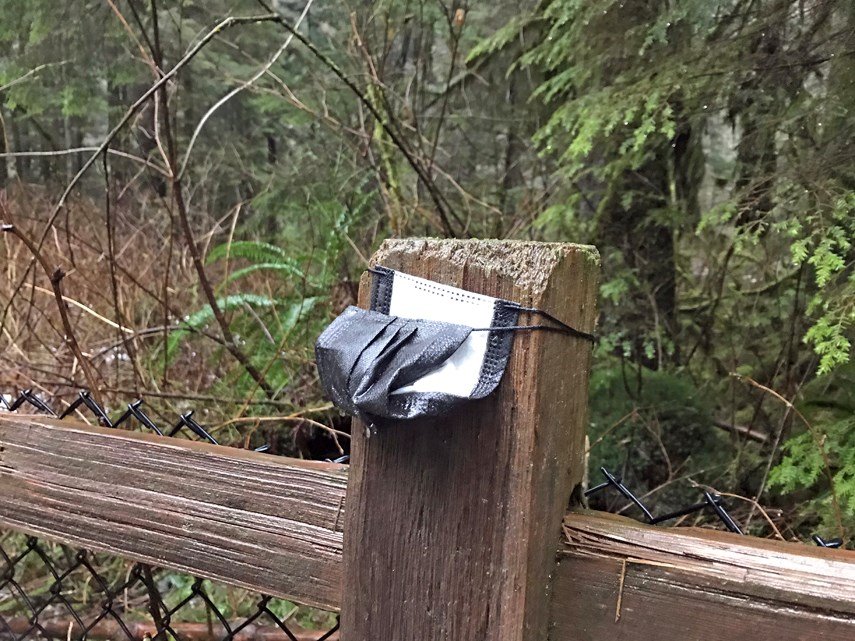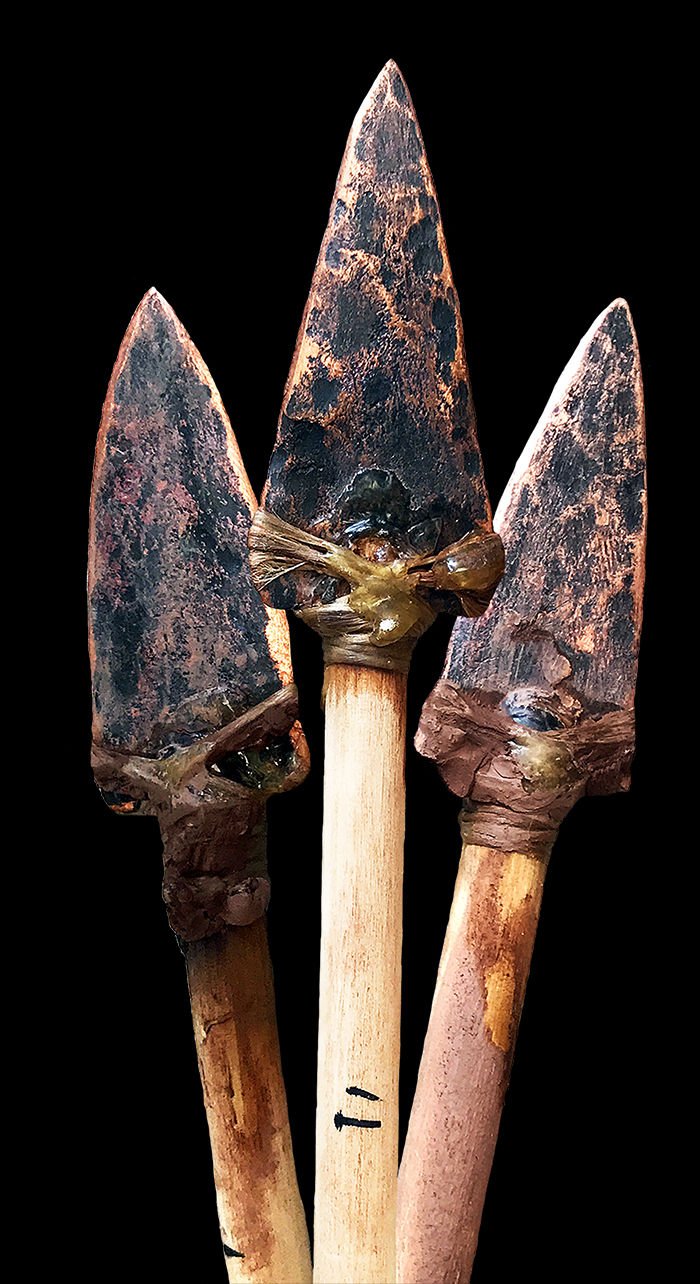Like most of our readers, I have spent more time at home over the past year than in the field doing archaeology. That’s given me a lot more time to catch up and connect with archaeology and archaeologists have been getting up to around the world, and at home. This week’s Dig It is a tour of some of the stories from the past that have caught my eye this year—around the world and at home.
1. Food forests of the BC Coast. Forget farms, a team of archaeologists and ecologists working on BC’s coast have been able to identify food forests, the remnant ecosystems created by Indigenous peoples near village sites. The studied patches exhibit not only higher biodiversity than surrounding landscapes, but contain larger numbers of valued food species such as berries, nuts and roots, seen as compelling evidence of deliberately manipulated environments even 150 years after contact.
2. World’s oldest coppersmiths? Studies in the Great Lakes region have unearthed evidence for a widespread and flourishing tradition of copper manufacturing that began as early as 9,500 years ago. The research suggests that North American metallurgy may be as old—or older—than copper-working cultures known to have lived in the Middle East around 8,700 years ago.
3. The oldest garbage. A new archaeological dating technique has identified what could be the oldest garbage dump in the world. Located on the South African Coast, a deposit of marine shellfish and ostrich eggshell over 12 feet deep has been dated to more than 100,000 years old, evidence that early humans were successfully exploiting marine and foreshore ecosystems for much of their dietary requirements. Sites of this age are beyond the range for traditional radiocarbon dating, and used a new technique involving measuring uranium decay in the egg shells.
4. Secwepemc roots in Riverside Park. The City of Kamloops and Tk’emlups te Secwepemc collaborated in a proactive study of heritage in Riverside Park, resulting in the identification of four previously-unrecorded archaeological sites. The work shows continuous occupation of the area by Secwepemc ancestors for over 4,000 years.
5. Clam gardens. Researchers have mapped and dated a series of ancient mariculture (sea-based cultivated) features known as “clam gardens” on Quadra Island, in the territories of the Laich-Kwil-Tach and northern Coast Salish peoples, dating back to 3,500 years ago. These beaches, modified by humans raking beach soils and building stone berms around clam beds, are found to increase clam productivity by as much as 300%, creating a sustainable and reliable food supply for large residential populations.
6. Playing with fire. A study of soils and artifacts found on ancient landforms at Lake Malawi, in East Africa, archaeologists have found what looks like the earliest evidence of humans changing ecosytems with fire. Studying changing kinds and levels of pollen and charcoal, researchers found that around 92,000 years ago, inhabitant’s use of fire shifted the local environment from a predominantly forested biome to a mostly open savannah. The strategic use of fire by agriculturalists and hunter-gatherers is recognized the world over.
7. A comet and human resilience. Archaeologist have taken another look at a well-known Syrian paleolithic archaeological site excavated in the 1970s and found that it was obliterated by comet about 12,800 ago. The event, which created atmospheric air-bursts as powerful as nuclear blasts over the village site of Abu Hureya, incinerated the hunting-and-gathering settlement’s structures and inhabitants, and vaporized the soil, leaving microscopic traces of meltglass behind to tell the tale. And humans being humans, the site’s surviving occupants returned to reestablish a new settlement—this time focused on farming cereal crops—in the exact location of the levelled village. The effects of the cosmic impact are believed by many archaeologists to have contributed to a climatic shift that ended the last Ice Age and may have kicked off the agricultural revolution.
8. Neanderthals found in Italy. The remains of nine Neanderthals have been found in a cave near Rome, which was sealed off during a landslide 50,000 years ago. The finds near Rome, which date from about 50,00 to 100,000 years old, represent a spectacular trove of data for scientists to study the very human details of Neanderthal life, as well as the history of a number of fossil animals found in the cave.
9. Indigenous farming in southern Manitoba. A collaboration of professional and volunteer archaeologists have found gardening tools that suggest Indigenous people in what is now southern Manitoba had taken up cultivation of plants prior to European colonization. The find centers on bison shoulderblades (scapula) fashioned into hoes and used to till soil. The study is preliminary, and more work—including sampling the soil to identify the types of plants people were cultivating—is planned.
10. The archaeology of COVID-19. Vancouver archaeologist Bob Muckle and his team are documenting the material culture of covid-19 in the city, with an archaeological project collecting evidence and images of the physical manifestations of the pandemic. Their look at the archaeological record of the Covidian period goes beyond the now-ubiquitous mask litter and covers art and structures related to the pandemic.





